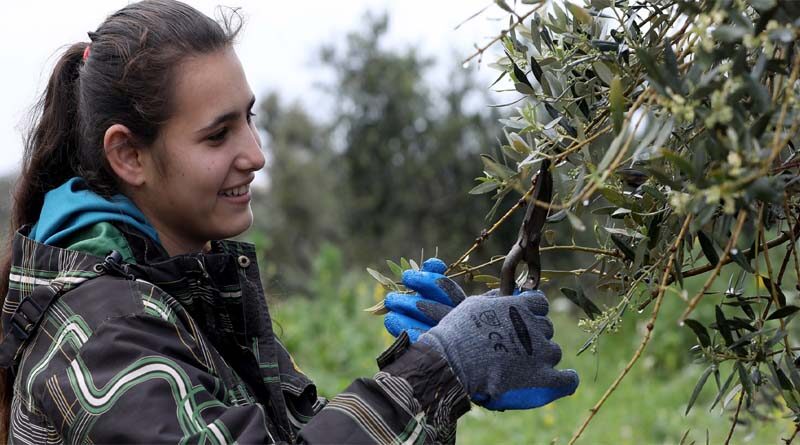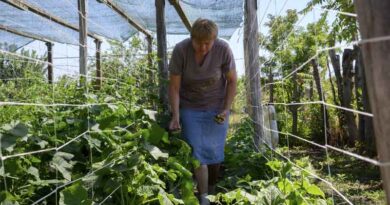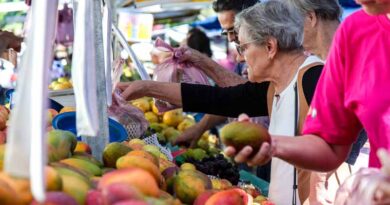Hunger in the Arab region continues to worsen
New report calls for radical changes to the Arab region’s agrifood systems to deliver food security and nutrition for all
20 December 2021, Cairo: Hunger in the Arab region continues to rise, with a 91.1 percent increase since 2000, says a new report launched by the Food and Agriculture Organization of the United Nations.
The 2021 Near East and North Africa Regional Overview of Food Security and Nutrition released today shows that the number of hungry people in the region reached 69 million people in 2020, triggered by protracted crises, social unrests and exposure to multiple shocks and stresses such as conflicts, poverty, inequality, climate change, scarce natural resources and the economic repercussions associated with the recent COVID-19 pandemic.
According to the report, nearly one third of the region’s population, accounting for 141 million people, experienced moderate or severe food insecurity in 2020, a more than 10 million increase from the previous year.
“Conflicts continue to be one of the leading causes of hunger in the region, with approximately 53.4 million people facing hunger in countries and areas affected by conflict, which is more than six times higher than in non-conflict countries,” said Abdulhakim Elwaer, FAO’s Assistant Director-General and Regional Representative for the Near East and North Africa.
Also Read: No Crop insurance for horticulture farmers of Madhya Pradesh for last 2 years
“There may be no visible improvement in the situation this year since hunger’s primary drivers will continue to drag the situation further down the road,” Elwaer added.Regional perspectives on malnutrition in all its forms
The 2021 Near East and North Africa Regional Overview of Food Security and Nutrition warns that even before the COVID-19 pandemic, the Arab region was not on track to meet its goals for hunger and nutrition-related SDG targets. The impact of COVID-19 pandemic hasn’t yet been fully reflected on nutrition indicators, but the worsening food security situation suggests that more people are having trouble getting a healthy diet, which will influence their nutrition status adversely.
The coexistence of under and over-nutrition is a double burden that many families, communities and countries in the Arab region have to shoulder, especially for children under the age of five. The report says that in 2020, 20.5 percent of children under the age of five are stunted and 7.8 percent are wasted in 2020.
“Although there has been some progress in reducing child undernutrition in the past two decades it still remains a source of concern for policymakers in the region, particularly in low-income countries” Elwaer highlighted. “Childhood overweight remains a high public health problem in the region, exceeding the global average of 5.7 percent and reaching 10.7 in our region,” he added.
Elwaer stressed that the Arab region is not only struggling with child malnutrition but also with adult obesity. The prevalence of obesity among adults has been increasing steadily in the region since 2000, reaching 28.8 percent in 2020, which is more than double the global average of 13.1 percent and ranks the region as the third most obese in the world, following Northern America with 36.7 percent, and Australia and New Zealand with 30.7 percent.
The building blocks towards a region without hunger and malnutrition
The newly launched report sheds light on the interconnected and multiple causes behind hunger and malnutrition in the Arab region and calls for identifying policy trade-offs that could guide us towards more inclusive, efficient, and resilient agri-food systems.
It also encourages laying out the foundations for sustainable agri-food systems, from production to consumption. Sustainable agri-food systems can deliver food security and nutrition for everyone without compromising the earth’s ability to continue producing for future generations and provide year-round access to adequate food and healthy diets for all people.















